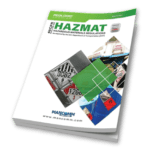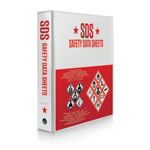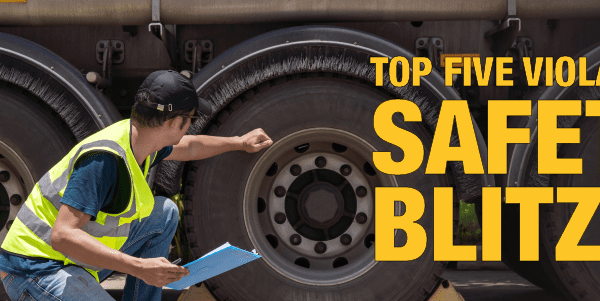
If a product is classified as hazardous for transport, section 14 of a Safety Data Sheet (SDS) provides information on the transport classification. Generally, you will see the transport classification for ground, air, and ocean. In my case, when writing the SDS, I also include the 49 CFR ground for the USA and TDG ground for Canada. Generally, other than an RQ or a marine pollutant requirement, they are the same.
Recently, I came across a very interesting situation where they were actually different. Let’s have a look.
First – the product:
The product is an “aerosol” can with R134a gas used to spray computers and electronics to remove dust.
Classification:
We have a gas under pressure as well as an aerosol. Or do we? Turns out, it is all in the definition of both of these terms, specifically “aerosol.”
Since the product is in an aerosol can, it would ship as a UN1950. If the gas was in a cylinder, then it would ship as a UN3159. As it turns out, this SDS will use both, depending on the mode of transport (meaning whether it is shipping ground, air, or ocean). In this case, the devil is in the details, as they say.
Let’s look at the definitions:
49 CFR Part 171.8 defines an Aerosol as: Aerosol means an article consisting of any non-refillable receptacle containing a gas compressed, liquefied, or dissolved under pressure, the sole purpose of which is to expel a nonpoisonous (other than a Division 6.1 Packing Group III material) liquid, paste, or powder and fitted with a self-closing release device allowing the contents to be ejected by the gas.
The UN recommendations defines an aerosol as an article consisting of a non-refillable receptacle meeting the requirements of 6.2.4 made of metal, glass, or plastics and containing a gas, compressed, liquefied, or dissolved under pressure, with or without a liquid, paste, or powder and fitting with a release device allowing the contents to be ejected as a solid or liquid particle in a suspension in the gas, as a foam, paste, or powder or in a liquid state or in a gaseous state.
The two definitions are not harmonized; therefore, we cannot use UN1950 for transport by ground in the USA. Watch for (hopefully) an alignment with the US and international regulations in the future.
Industry has petitioned PHMSA to review and align the definitions. The study was expected to be completed by February 2020. In the meantime, shippers of this type of product would have to apply for a Special Permit if they wanted to use UN1950 as their shipping description.
Stay up to date and sign up for our newsletter!
We have all the products, services and training you need to ensure your staff is properly trained and informed.
 US 49 CFR Publications |
 Safety Data Sheet (SDS) Services |





